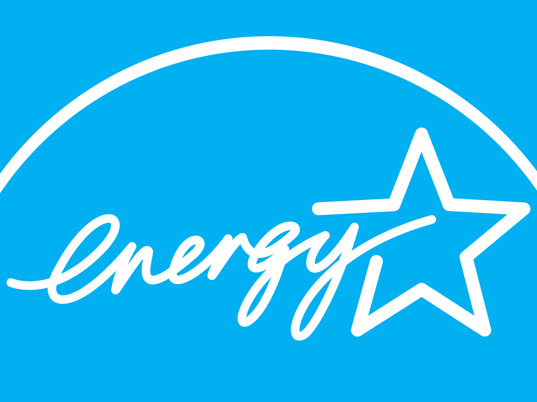The Environmental Protection Agency (EPA) has released the second draft of the Energy Star specifications. While the overall goal was to raise the efficacy standards for Energy Star lighting, the Agency has made several concessions to manufacturers and lowered standards. With an intention to improve harmonization between the various Energy Star lighting specifications, the second draft has supported comments on the first draft concerning timing of proposed changes. Contained in the following paragraphs is a brief overview of the changes.
EPA lowered the efficacy standard for omnidirectional lamps from 70 lm/W to 65 lm/W to accommodate stakeholders that had already begun pre-production at the lower standard before EPA raised it. The accommodation promotes the policy goal of increasing the number and types of Energy Star rated lights available to the consumer.
The draft made a change in the decorative lamp category favorable to manufacturers. The efficacy requirement for decorative lamps was 65 lm/W. The EPA has reduced that standard by 5 lm/W. Under the proposal, decorative lamps that burn 7w or less must provide 55 lm/W. Decorative lamps that burn more than 7w must meet the 65 lm/W standard.
Version 2.0 adds a testing rule change. Manufacturers must test LED-based products for efficacy at the least–efficient white-light setting. In effect, this rule alteration mandates that manufacturers must test color tunable LED lamps at the warmest Color Correlated Temperature.
The rules set new parameters for start-up time. LED lamps must meet a 750 msec standard, and wireless connected network lamps must start within one second. The new rules have dropped a requirement that wirelessly connected LED lamps be capable of reporting intensity levels and color settings. The rules have relaxed that requirement to reporting on-off status without the intensity and color levels.
The EPA revisions made a notable change in CFL requirements for the Color Rendering Index Red 9 value. The Agency will not require that CFL produce an R9 value above zero; however, CFL manufacturers must continue to report the applicable CRI R9 value. Fluorescent lighting has R9 values that range from less than zero to 100. Consumer surveys have repeatedly found noticeable color distortion in lamps with low CRI R9 ratings.
Read the complete V2.0 specification on the EPA lamps website.



